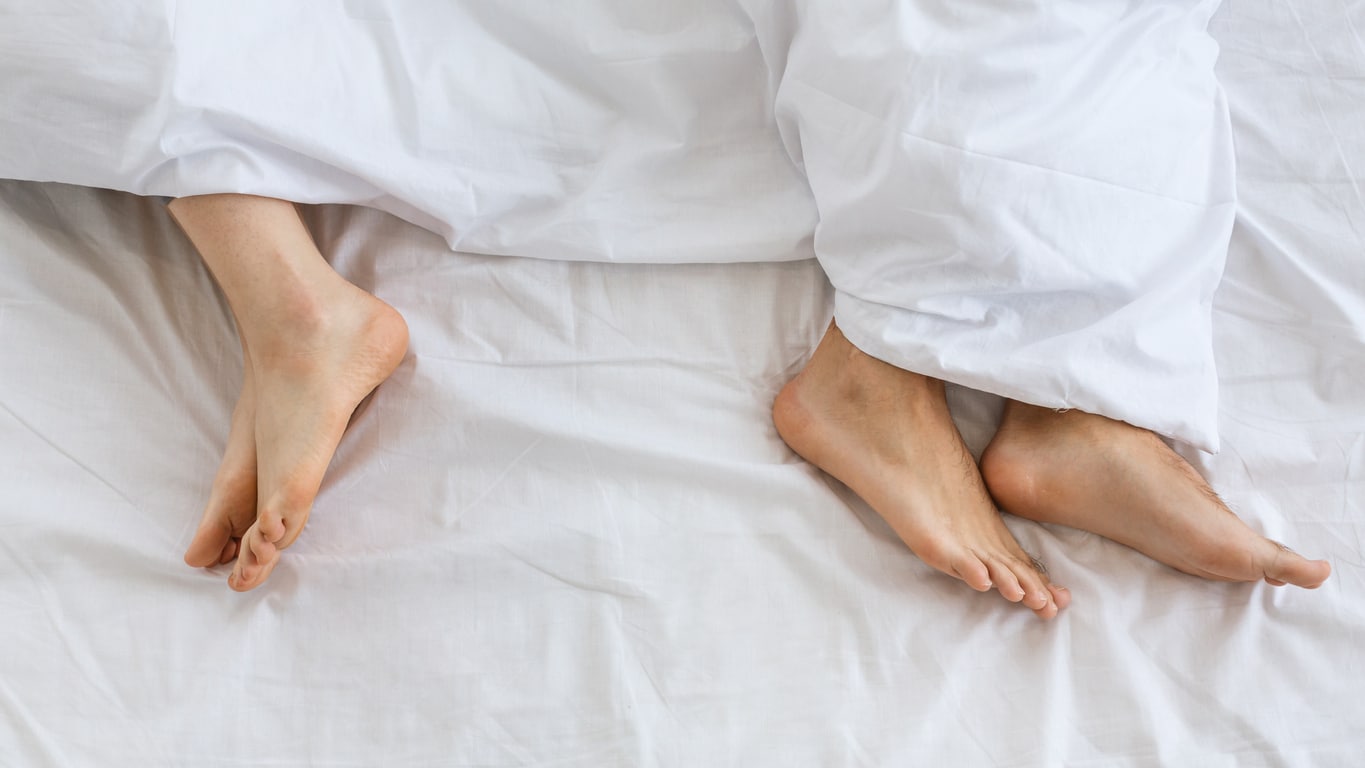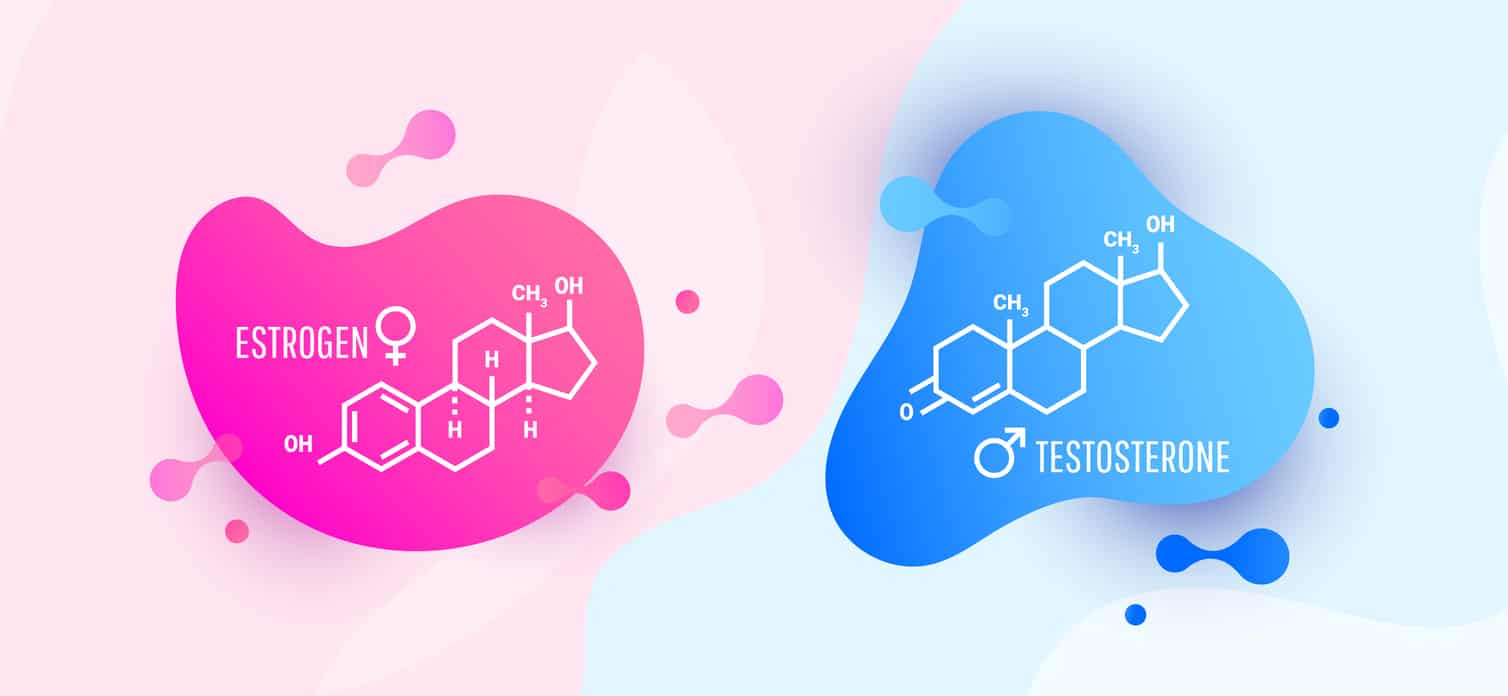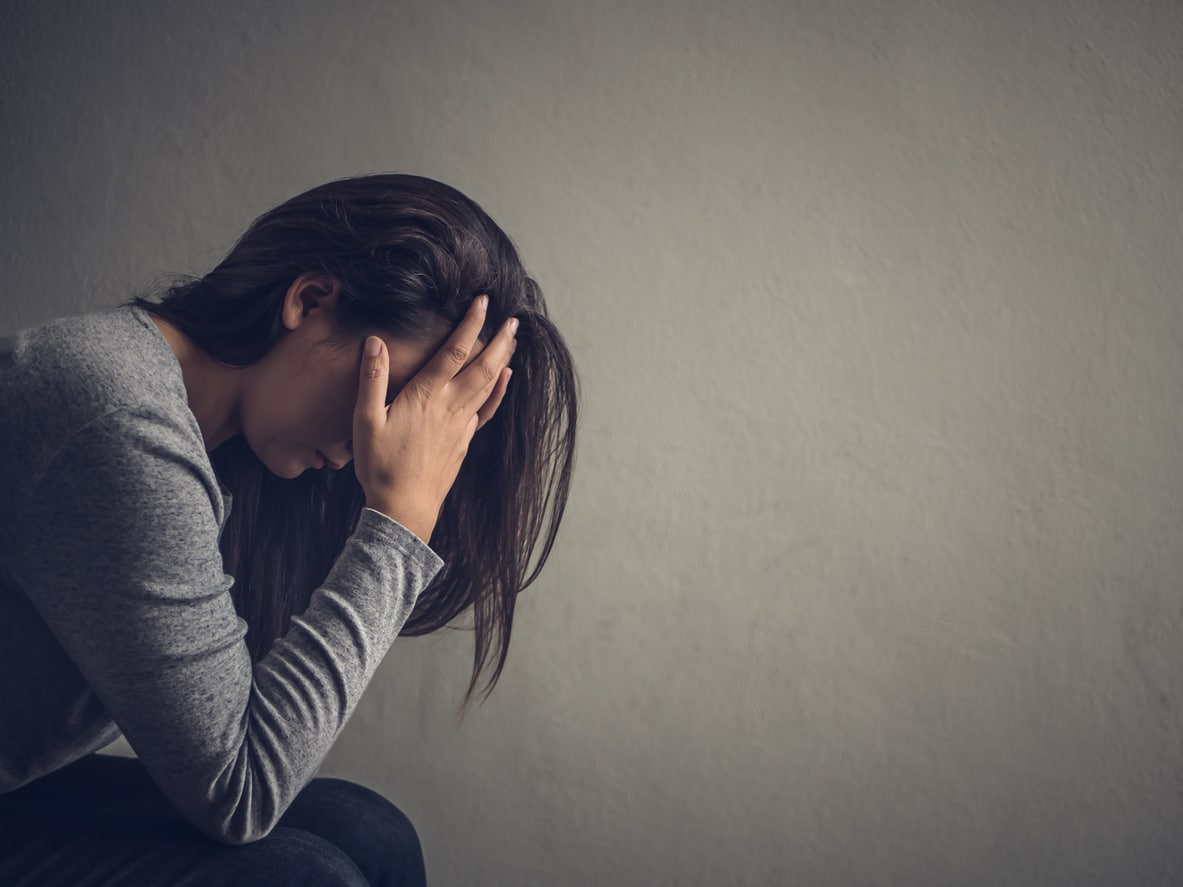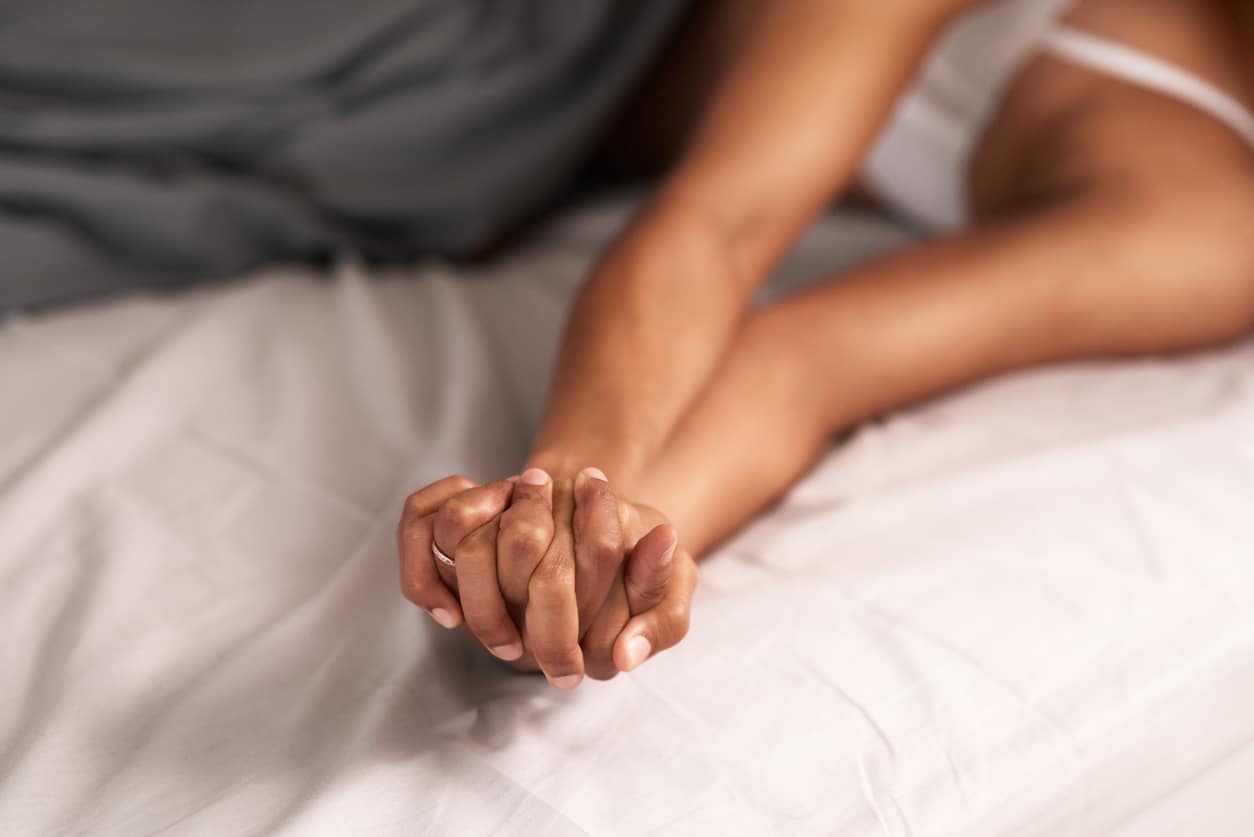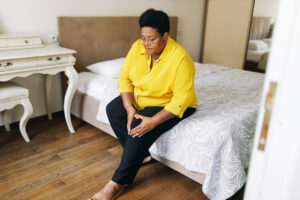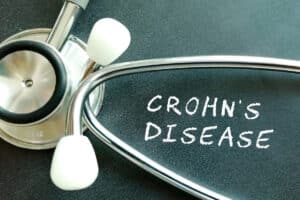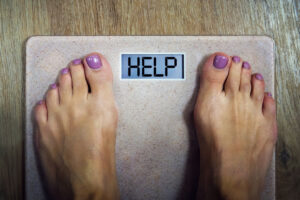In most movies, women are portrayed as totally losing their sex drive by middle age, but I’m here to say it doesn’t have to be that way. Nature may be working against us, but it’s entirely possible to still want to “do it” every day if the stars are aligned just right. One big key is the *wanting to* part. Often, that has less to do with our bodies and much more to do with all the outside forces that are so often at play for women.
Let me explain.
Checking It Off Your List
If sex feels like a chore, one more thing on your to-do list, you’re not likely to be interested. If your body has changed in ways that make it painful, you may not have the desire. And speaking of desire, if you no longer feel attracted to your mate, getting under the covers together is not something you’ll be thinking about all day or looking forward to at night. But if you still have the desire, it can be game on, no matter what age you are.
Sure, there are things at play that you can’t control. It’s a fact that after menopause, libido declines. Our body is going through changes that might interfere with arousal, making it sometimes impossible to climax. Mother nature didn’t plan for women to need or want sex after the baby-making age, but it is still possible and can even be better than ever, especially if you’re willing to be creative.
I get it. There are plenty of people who lose interest. In one extensive national survey, fewer than half of women aged 57 to 73 said they were sexually active. And those who were active were doing it less than twice a month, on average. So what happened? And what needs to change?
Getting In the Mood
First, take a look at desire. Many women need an emotional connection to go with the physical attraction. If things seem to be functioning fine emotionally and physically, your libido may be what’s sabotaging your fun. Declining hormone levels in women can definitely take a toll, and both estrogen and testosterone can impact it.
Estrogen is made by the ovaries and body tissues, and testosterone comes from the ovaries and adrenal glands. Both will decrease with age; estrogen decreases with menopause, and testosterone drops steadily as you age. Some studies have shown systemic hormone replacement therapy can help improve libido in women, though it’s not instant by any means – it may take three to six months to see an impact. And there are health risks at play. There is a “pink pill” that many hoped would help. Flibanserin (Addyi) was the first drug approved to stimulate female libido, but it has shown only slight improvements in sexual satisfaction in some women and is intended for those who are premenopausal. The side effects are significant, too, including low blood pressure, fainting, and nausea.
Other Factors for a Healthy Sex Drive Over 50
Depression may also play a role in your desire levels; unfortunately, it’s pretty common in midlife. You can take a selective serotonin reuptake inhibitor (SSRI), like Prozac or Paxil, to help with depression, but it does nothing for sex drive. Wellbutrin could help with depression and takes less of a toll on libido.
Also, look at the meds you’re taking. They may have side effects that sideline your sex drive. Blood pressure drugs are sometimes the culprit, so ask your doctor for a medication that still gets the job done without hurting your sex life. Treatment for certain diseases can also diminish your desire.
We all know stress and anxiety from your job, family, or relationship can put your sex life on the back burner. But again, you don’t have to let it ruin your needs. This is where a few mind games may help, along with some lifestyle changes. Figure out where you need help and get it. If that means different meds, make it happen. If it’s a therapist who can help guide you back to what turns you on, see one. Addressing what’s getting in the way is the first step in clearing the path back to arousal and pleasure. And we all need more pleasure, am I right?
Getting in the Mood
Studies have shown success in stimulating arousal and orgasm with things like massage, vibrators, stimulation devices, and special oils. Zestra is one such oil that creates a sensation of warmth in the genital area, leading to increased desire, arousal, and satisfaction in 70% of the women who were part of a clinical trial for its FDA approval. And it’s available over the counter for about $10. There’s no FDA approval needed for clitoral stimulation devices or vibrators, and there are plenty on the market at various price points that will definitely up your pleasure.
If sex is painful, don’t pretend otherwise. Pain during intercourse is more common than many think, impacting about half of postmenopausal women. You may face vaginal atrophy, which happens when estrogen decreases following menopause, leading to less lubrication and a thin vaginal lining. You may want to try using topical estrogen to help or lubricants.
You’re In This Together
And finally, talk to your lover. If there’s something new and different you want to try, discuss it with them. Maybe they feel the same way and are eager to look into different options. Keeping them in the loop about how you’re feeling and why, and making it clear you’re looking for solutions, may go a long way in keeping you connected emotionally, which definitely has a role in the arousal department.
Your sex drive may be different than it used to be, but that doesn’t always mean it’s lower. I’m 50-something and have never enjoyed sex more than I do at this point in my life. That’s for a variety of reasons, I’m sure, but I share that fact so that you know it’s possible, and if it’s something you want, it’s very likely you can make it happen with the right therapies, treatments, and mentality.
You have nothing but pleasure to gain.
Read Next:
5 Tips for Buying Sexy Lingerie for Women Over 50

